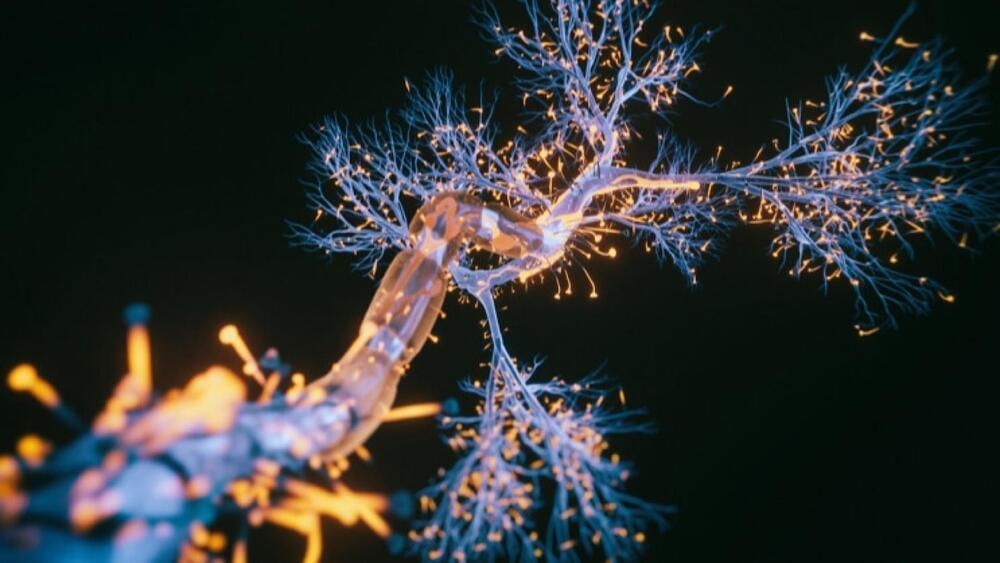ZeroHedge — On a long enough timeline, the survival rate for everyone drops to zero.
DuckDuckGo, the search engine which claims to offer ‘real privacy’ because it doesn’t track searches or store users’ history, has come under fire after a security researcher discovered that the mobile DuckDuckGo browser app contains a third-party tracker from Microsoft.
Researcher Zach Edwards found that while Google and Facebook’s trackers are blocked, trackers related to bing.com and linkedin.com were also being allowed through.
You can capture data within the DuckDuckGo so-called private browser on a website like Facebook’s https://workplace.com/ and you’ll see that DDG does NOT stop data flows to Microsoft’s Linkedin domains or their Bing advertising domains.






